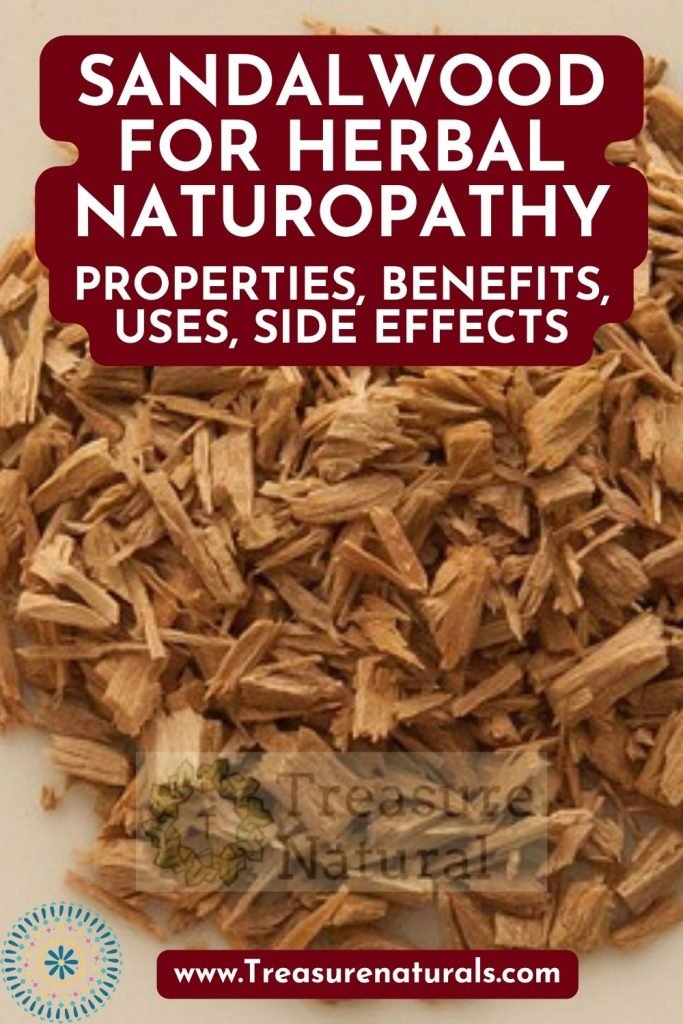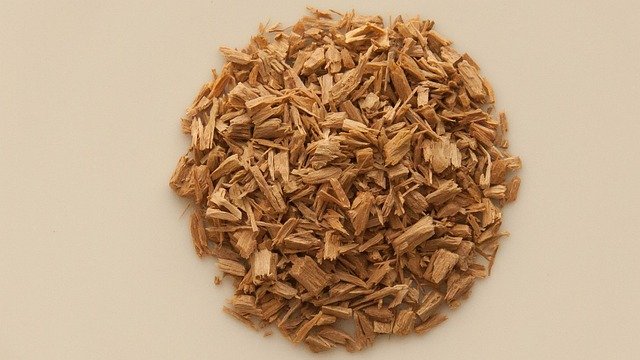
Sandalwood has been used for millennia for its medicinal qualities and for its deodorant power. It is also important for its wood, from which the essential oil is extracted, which has a remarkable therapeutic value. Let’s find out better.
Properties of Sandalwood
Sandalwood has a relaxing action, which makes it useful when meditating, and decontracting. It is also an anti-inflammatory and a tonic useful for blood circulation and the nervous system.
Sandalwood is rich in oil, called sandalwood oil, used mostly in the practice of massages and for the production of personal hygiene products.
The essence of sandalwood is rich in terpenic alcohols (santalone, santoli and santalol), useful against spasms and bacteria and with a stimulating action on the immune system. Furthermore, the essence of sandalwood is also able to fight respiratory tract disorders.
Sandalwood should always be used under medical advice and supervision, especially if used for its antiseptic action against cystitis .
Furthermore, the essential oil obtained from sandalwood has aphrodisiac, sedative, antidepressant, and bactericidal properties.
How to use
Sandalwood uses its essential oil. This is widely used both in aromatherapy, thanks to its relaxing action on the nervous system and stimulating against depression, and for topical use, combined with other oils.
- Combined with jasmine oil, sandalwood essential oil is used in aromatherapy diffusers as an aphrodisiac.
- Mixed with almond oil, sandalwood essential oil is useful against stretch marks and to give elasticity to the tissues.
- Finally, used pure in case of impure skin, it helps against blackheads, boils and skin inflammations.
Contraindications of sandalwood
Contraindicated only in case of ascertained hypersensitivity to one or more of its chemical components.
Description of the plant
Sandalwood ( Santalum album ) is a small tree of the Santalaceae family that can live up to 100 years.
It reaches a maximum height of 10 meters, has a red-brown bark that becomes wrinkled in older plants. The leaves are bright green, the shape is lanceolate and the surface is shiny.
The flowers are gathered in panicles at the armpit of the leaflets. The flowers are bell-shaped and of an intense red color, the fruit is produced after three years and is represented by a dark red drupe, which has 5 seeds inside which are usually eaten or spread by birds, main responsible for the spread natural plant in the wild.
Sandalwood habitat
In sandalwood it is native to southern India, eastern Indonesia and northern Australia, but is now found in the tropical and subtropical forests of countries with humid climates where temperatures vary between 0 and 38 ° C.
The plant grows in symbiotic or parasitic association with other plants. The sandal tree, in fact, draws its nourishment from the roots of nearby plants.
Background

The inside of the sandalwood trunk is very leathery, which is why termites are unable to destroy it. The sandalwood tree, therefore, is considered a protective tree against evil spirits in India.
Sandalwood has also always had a religious significance. Its wood was used to obstruct temples and statues of the gods, while according to Hindu belief, deceased rulers had to be embalmed with sandalwood essential oil to promote a better rebirth.






